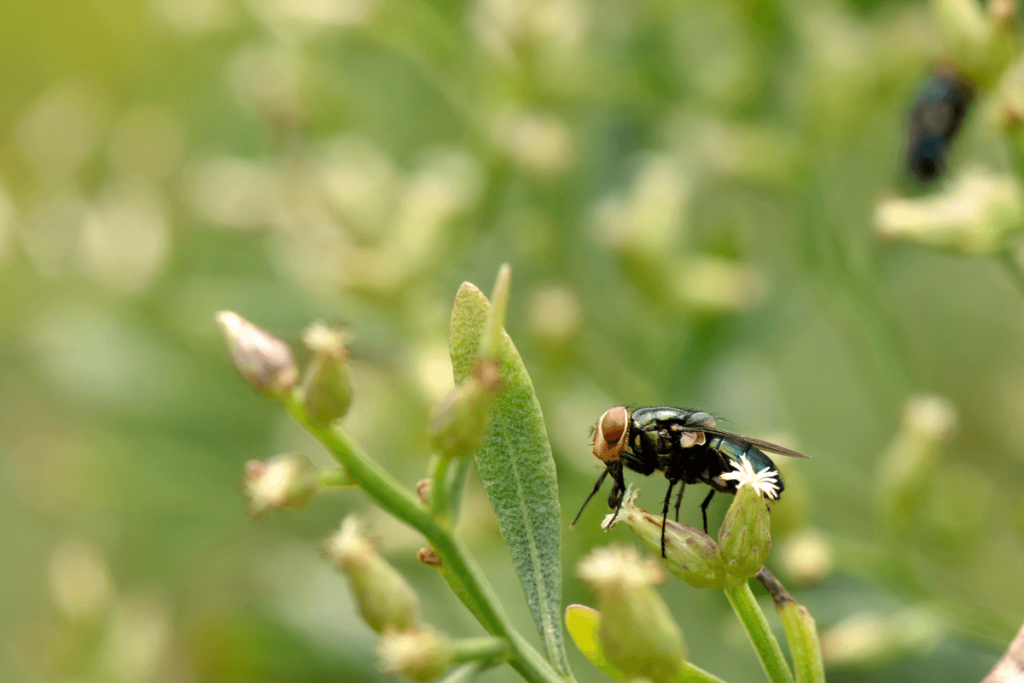
The first U.S. case of New World screwworm linked to international travel has been reported in Maryland. The patient, a state resident who had recently visited El Salvador, was diagnosed by the Centers for Disease Control and Prevention (CDC). Maryland health officials stated that the individual has recovered well. Investigators reported no such transmission into other humans or animals.
The New World screwworm is a parasitic fly that lays eggs in body openings and open wounds. The Caribbean and South America are the usual locations for the parasite. Cattle infections were spreading rapidly northward across Mexico and Central America. It has worried farmers even though it is not common in people. To stop the spread, the CDC collaborated with the U.S. Agriculture Department.
The U.S. cattle sector faced the insect attack regularly for many years. According to a researcher at North Carolina State University, the Maryland case is probably not the first time it has been diagnosed in America, when infections of the blue-green blowfly were documented in the Devil’s Island prison colony off the coast of South America in the 19th century.
The larvae of female flies rapidly develop into creatures that consume flesh after laying their eggs in an open wound, mouth, nose, or eyes of humans. These worms, which screw themselves into the skin and may grow up to two-thirds of an inch long, are the origin of the screwworm. The risk to the public is considered low, as they do not transfer from person to person.
Risk factors include travel to regions with infected livestock, contact with cattle, outdoor sleeping, and the presence of untreated wounds. The presence of worms around open wounds is a warning sign, along with an unpleasant smell from the affected part of the body. Doctors should eliminate the larvae, sometimes with the help of surgery. Self-removal of the larvae is strongly discouraged.
For decades, scientists have managed the insect by releasing billions of sterile male flies. In recent times, they have expanded northward into Central America and Mexico due to lapses in work and immigration of animals and humans. The U.S. government is making continuous efforts to manage the spread of parasites, and new genetic methods are being developed to prevent them.
Reference: Stobbe M., a Maryland resident, is diagnosed with New World screwworm. What to know about the parasite. AP News. Accessed on August 26, 2025. Person in US diagnosed with New World screwworm parasite | AP News














